
Kód: 02006016
Lipid-Soluble Antioxidants: Biochemistry and Clinical Applications
Autor NG, ACKER
Antioxidants inhibit the formation and spread of free radicals which can be damaging in biological systems. Free radicals form in biological systems through metabolism, but it is also realized that exogenous environmental sources, ... celý popis
- Jazyk:
 Angličtina
Angličtina - Väzba: Brožovaná
- Počet strán: 642
Nakladateľ: Springer Basel, 1992
- Viac informácií o knihe

70.87 €

Skladom u dodávateľa v malom množstve
Odosielame za 12 - 17 dní
Potrebujete viac kusov?Ak máte záujem o viac kusov, preverte, prosím, najprv dostupnosť titulu na našej zákazníckej podpore.
Pridať medzi želanie
Mohlo by sa vám tiež páčiť
-

English365 3 Personal Study Book with Audio CD
14.64 € -3 % -

Ferdinand de Saussure zur Einführung
15.46 € -

Geschichte der Botanik
58.68 € -
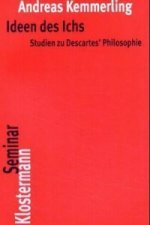
Ideen des Ichs
22.11 €
Darujte túto knihu ešte dnes
- Objednajte knihu a vyberte Zaslať ako darček.
- Obratom obdržíte darovací poukaz na knihu, ktorý môžete ihneď odovzdať obdarovanému.
- Knihu zašleme na adresu obdarovaného, o nič sa nestaráte.
Viac informácií o knihe Lipid-Soluble Antioxidants: Biochemistry and Clinical Applications
Nákupom získate 175 bodov
 Anotácia knihy
Anotácia knihy
Antioxidants inhibit the formation and spread of free radicals which can be damaging in biological systems. Free radicals form in biological systems through metabolism, but it is also realized that exogenous environmental sources, such as radiation, food, and drugs, contribute significantly to the generation of free radicals in biological systems. Being reactive species, free radicals are short-lived and do not travel far from cellular targets. Their concentration in biological systems is very low and is difficult to detect directly by electron spin resonance spectroscopy (ESR). Indirect methods of reactions of radicals with specific biomolecules are also sufficiently sensitive to detect quantitatively their presence. Thus the response of antioxidant defenses which react with radical species, can serve as an indirect measure that free radicals have been formed. Redox-based antioxidants change their oxidation state and antioxidants become free radicals themselves. Often, however, the antioxidants give rise to more persistent free radicals, sometimes owing to delocalization of the lone electron around ring structures (in vitamin E, ubiquinones, and certain carotenes). Persistent free radicals react only rarely and the precursors often can be regenerated in biological systems. In recent years, it is becoming clearer from biochemical studies on how the major lipophilic antioxidants work. Particular attention has been given to vitamin E and quinones found in animal and plant membranes and in carotenoids, for the protection of membranes in lipoprotein systems. Flavonoids form another rich and varied source of natural antioxidants.
 Parametre knihy
Parametre knihy
Zaradenie knihy Books in English Reference, information & interdisciplinary subjects Interdisciplinary studies
70.87 €
- Celý názov: Lipid-Soluble Antioxidants: Biochemistry and Clinical Applications
- Autor: NG, ACKER
- Jazyk:
 Angličtina
Angličtina - Väzba: Brožovaná
- Počet strán: 642
- EAN: 9783034874342
- ISBN: 3034874340
- ID: 02006016
- Nakladateľ: Springer Basel
- Hmotnosť: 1114 g
- Rozmery: 244 × 170 × 36 mm
- Dátum vydania: 31. July 1992
Obľúbené z iného súdka
-
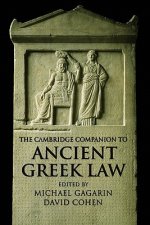
Cambridge Companion to Ancient Greek Law
62.88 € -
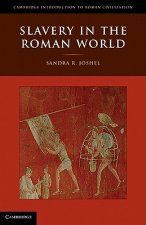
Slavery in the Roman World
117.78 € -

Feminist Media Studies
26.62 € -

Makers and Takers
15.35 € -21 % -

GIS for Environmental Applications
78.04 € -

Japanese Cinema
74.15 € -

Global Perspectives and Research for Cambridge International AS & A Level
75.07 € -

Instagram - Visual Social Media Cultures
25.70 € -

Operator Theory and Complex Analysis
70.87 € -

Altering Practices
89.41 € -
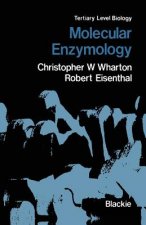
Molecular Enzymology
70.87 € -

Handbook of Recording Engineering
94.43 € -

Cinema's Military Industrial Complex
49.77 € -
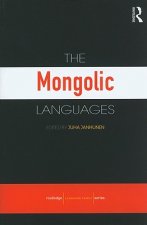
Mongolic Languages
125.06 € -

Munda Languages
148 € -

Plastics Mold Engineering Handbook
164.70 € -

History of Chemistry
152.20 € -

Intelligent robotics
70.87 € -
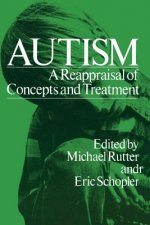
Autism
70.87 € -
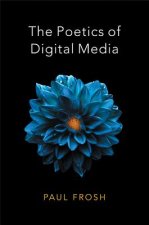
Poetics of Digital Media
30.62 € -
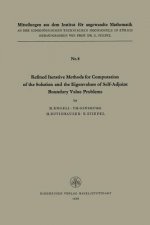
Refined Iterative Methods for Computation of the Solution and the Eigenvalues of Self-Adjoint Boundary Value Problems
70.87 € -

Academic Skills for Interdisciplinary Studies
28.47 € -

Cryptocurrencies and Blockchains
29.49 € -

Rubbish!
23.55 € -

Theory of the Hashtag
13.72 € -

Korean Language
90.74 € -

Post-Colonial Studies Reader
84.39 € -

Toyota Production System
70.87 € -
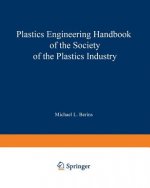
SPI Plastics Engineering Handbook of the Society of the Plastics Industry, Inc.
214.68 € -

Facebook
29.49 € -

Facebook
75.89 € -

Guide Book to Mathematics
139.60 € -

Chemistry and Technology of Epoxy Resins
108.36 € -

Making of Urban Japan
109.90 € -

Public Relations Theory - Application and Understanding
55.30 € -

How to Obtain Abundant Clean Energy
70.87 € -

Digital Divide
32.87 € -
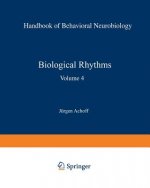
Biological Rhythms
70.87 € -
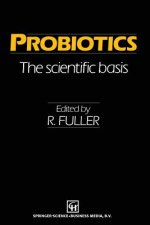
Probiotics
70.87 € -

Men and Masculinities in Contemporary Japan
116.04 € -

Mathematics for Chemists
70.87 € -

Illustrated Guide to Jewelry Appraising
70.87 € -

LGBT Studies and Queer Theory
228.82 € -
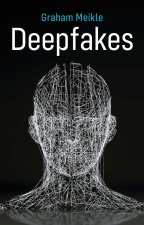
Deepfakes
94.22 € -
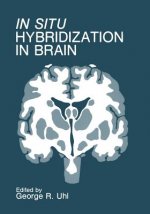
In Situ Hybridization in Brain
70.87 € -

Pictorial and Formal Aspects of Shape and Shape Grammars
70.87 € -

Cultures of the Erotic in Spain, 1898-1939
136.12 € -
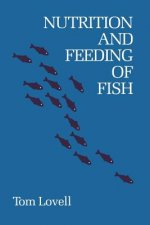
Nutrition and Feeding of Fish
125.87 € -

GIS for Environmental Applications
271.63 €
Collection points Bratislava a 2642 dalších
Copyright ©2008-24 najlacnejsie-knihy.sk All rights reservedPrivacyCookies


 15549 collection points
15549 collection points Delivery 2.99 €
Delivery 2.99 € 02/210 210 99 (8-15.30h)
02/210 210 99 (8-15.30h)